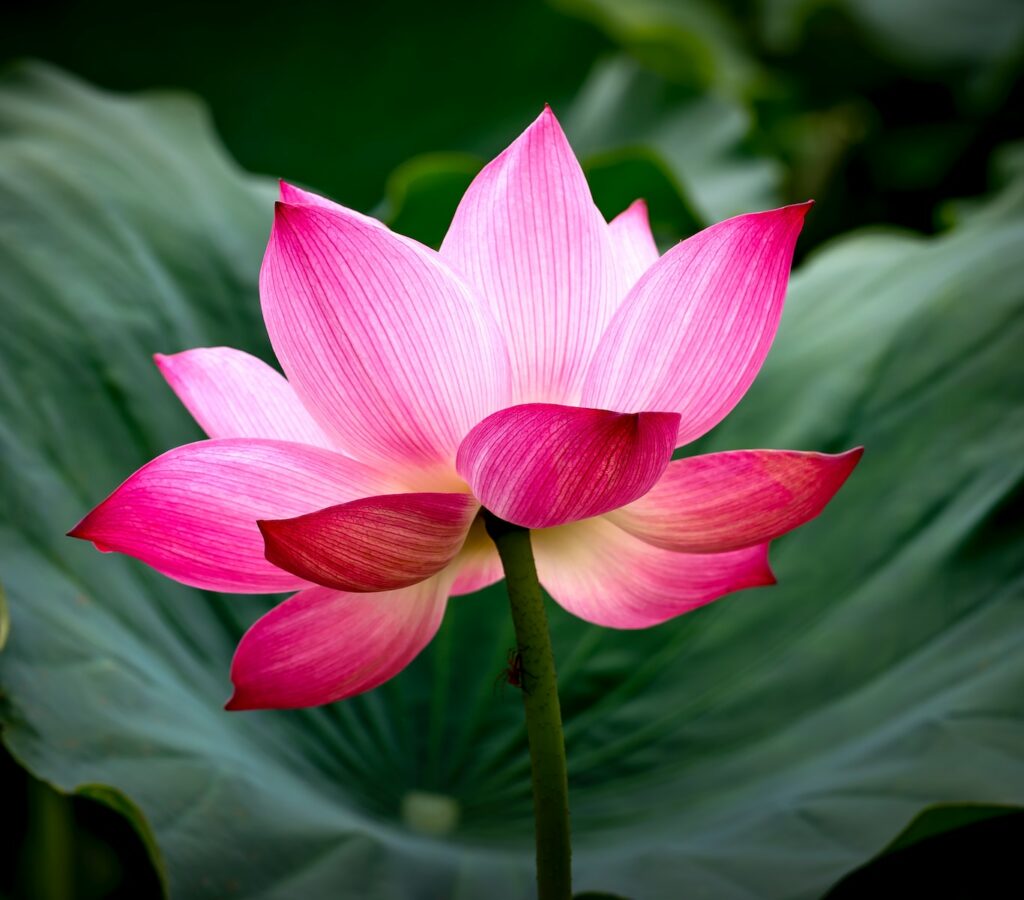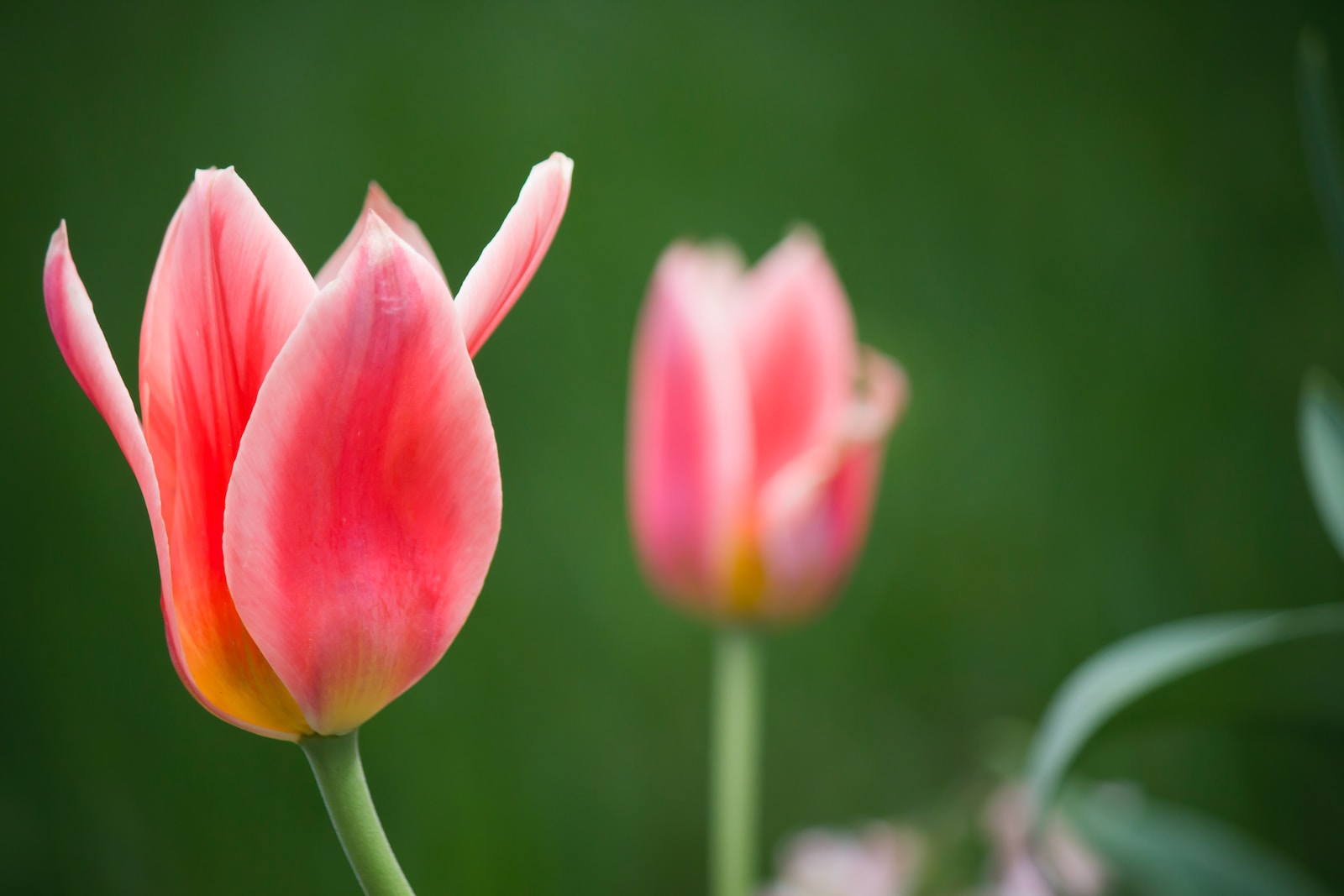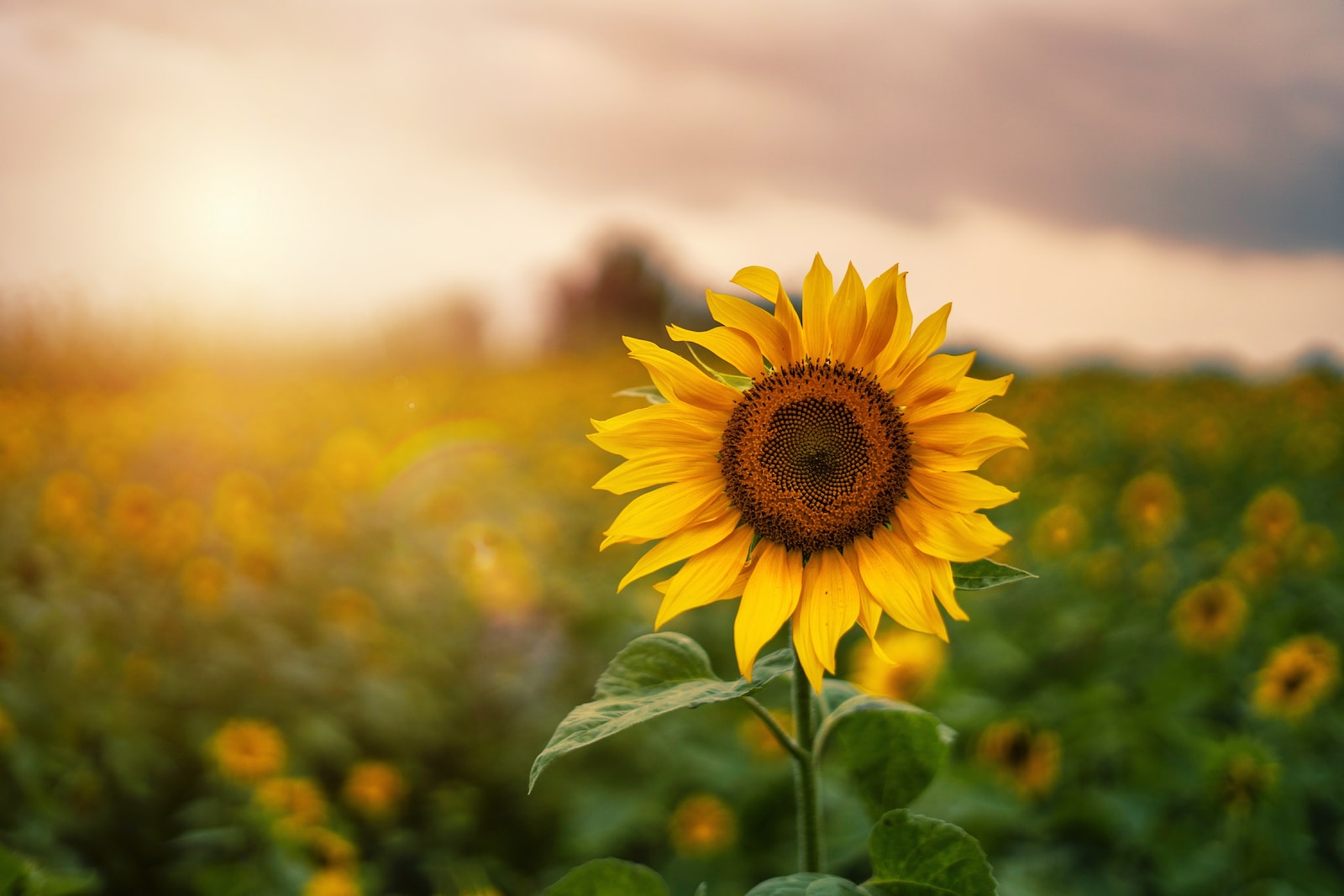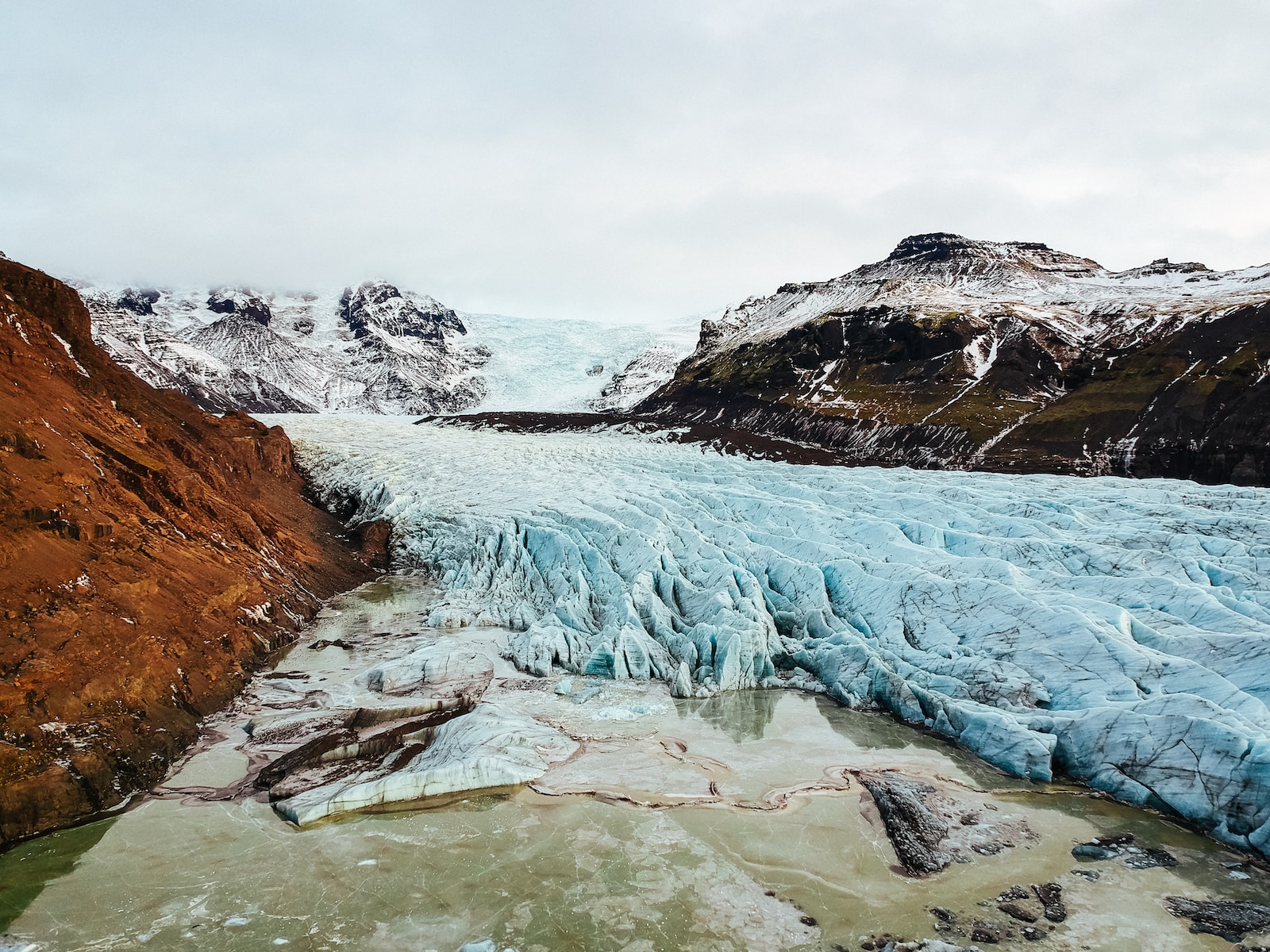Welcome to “Photographing Fresh Blooming Flowers”, a comprehensive guide to capturing the breathtaking beauty of nature’s wonders. As spring arrives, flowers burst into vibrant colors, creating a mesmerizing display. Whether you’re an aspiring photographer or simply admire the elegance of blooming petals, this blog is your go-to resource for mastering the art of flower photography. Discover expert tips on lighting, composition, and macro/close-up techniques, and get ready to immerse yourself in the captivating world of floral photography.
Table of Contents
- The Beauty of Freshly Bloomed Flowers
- Choosing the Right Equipment for Photographing Fresh Blooming Flowers
- The Best Time and Places to Photograph Fresh Blooming Flowers
- Frequently Asked Questions
- 1. What equipment do I need for flower photography?
- 2. How do I choose the right lighting for flower photography?
- 3. What composition techniques work best for photographing flowers?
- 4. How do I achieve a sharp focus in macro photography?
- 5. What are some tips for capturing vibrant colors in flower photography?
- 6. How can I add creativity to my flower photography?
- 7. What post-processing techniques can enhance my flower photographs?
- 8. Where can I find inspiration for flower photography?
- Wrap Up:
The Beauty of Freshly Bloomed Flowers
Flowers are undoubtedly one of the most captivating subjects to photograph, especially when they are in their fresh blooming stage. Their vibrant colors, intricate details, and delicate petals can create stunning images that can truly capture the essence of nature. In this comprehensive guide, we will explore the various techniques and tips that will help you capture the beauty of freshly bloomed flowers in your photographs.
Lighting Techniques
Lighting plays a crucial role in flower photography as it can enhance the colors, textures, and details of the petals. It is best to photograph flowers during the golden hours, which are the first and last hours of sunlight in a day. The soft, warm light during these times adds a magical touch to your images. If you’re unable to shoot during these hours, try diffusing harsh sunlight using a reflector or shooting on a cloudy day for even lighting.
Experiment with backlighting to create a glowing effect around the petals. This technique adds depth and drama to your photos, making the flowers appear more ethereal. By shooting against the light source, you can also capture the transparency and delicate veins of flower petals.
Macro Photography and Close-up Techniques
Capturing the intricate details of freshly bloomed flowers requires a macro or close-up photography approach. Macro lenses allow you to get up close and personal with the flower, capturing every minute detail, from the tiny hairs on a stem to the delicate pollen on the stamen. Position your camera parallel to the flower to ensure sharp focus throughout the frame.
When photographing close-ups, pay attention to the composition. Use the rule of thirds to create a visually pleasing image. Experiment with different angles, such as shooting from above, at eye level, or from below, to showcase various perspectives. Be mindful of the background and choose a simple, uncluttered setting to make the flower the main focal point.
Experiment with depth of field to create a dreamy effect. Choose a wide aperture (small f-stop number) to blur the background and draw attention to the details in the foreground. This technique can isolate the subject and create a sense of intimacy in your photographs.
Don’t be afraid to get creative with your macro shots. Explore different textures and patterns within the flower. Capture raindrops on petals, the symmetry of petals, or the coiled shapes of flower buds. These unique features add visual interest and make your photographs stand out.
Remember to take your time and experiment with different techniques. Patience is key when photographing flowers, as they can be delicate and require careful handling. By implementing these tips and techniques, you will capture the beauty of freshly bloomed flowers in all its glory.
Did you know that flowers have been used in medicine for centuries? Ancient civilizations like the Egyptians, Greeks, and Chinese used flowers for their healing properties and to make natural remedies. Their delicate petals hold powerful compounds that can soothe, heal, and even fight diseases.
Choosing the Right Equipment for Photographing Fresh Blooming Flowers
Capturing the beauty of freshly bloomed flowers requires the right equipment to ensure stunning results. In this section, we’ll discuss the essential camera, lenses, and additional equipment that can enhance your flower photography.
The Ideal Camera for Flower Photography
When it comes to choosing a camera for flower photography, you’ll want one that offers high-resolution capabilities and excellent color reproduction. Look for a camera with a large image sensor and a wide dynamic range to capture the intricate details and vibrant colors of flowers.
If you’re just starting out, a digital single-lens reflex (DSLR) camera or a mirrorless camera will provide the versatility and control needed for this genre of photography. These types of cameras allow you to interchange lenses, offering flexibility to capture flowers from various angles and distances.
For more advanced photographers, medium format cameras provide even higher image quality and resolution. These cameras excel at capturing the finest details, making them an excellent choice for flower photography professionals.
Choosing the Perfect Lenses for Macro Photography
Macro lenses are essential for capturing close-up shots of flowers, revealing the intricate details that can often go unnoticed. Here are a few options to consider:
1. Standard Macro Lens: A 50mm or 100mm macro lens is a great starting point for flower photography. It allows you to capture a variety of compositions while maintaining a comfortable working distance.
2. Telephoto Macro Lens: If you prefer a greater working distance or want to capture flowers from a distance, a telephoto macro lens, such as a 180mm or 200mm, will allow you to do so without sacrificing image quality.
3. Wide-angle Macro Lens: For unique perspectives and capturing the entire flower in its natural environment, a wide-angle macro lens, like a 35mm or 40mm, can offer creative opportunities.
Ultimately, the choice of macro lens depends on your personal shooting style and preferences. Investing in a high-quality macro lens will enable you to capture breathtaking close-up shots of freshly bloomed flowers.

The Best Time and Places to Photograph Fresh Blooming Flowers
When it comes to photographing fresh blooming flowers, timing is everything. Planning your photography session during the peak bloom season ensures that you capture the vibrant colors and beauty of the flowers at their best. Spring, with its newfound abundance of blossoms, is the ideal time to venture into nature and capture the essence of these delicate masterpieces.
Timing your Photography Session
Springtime offers an enchanting atmosphere for flower photography. As the snow thaws and the days become longer, plants awaken from their winter slumber, bursting forth with an explosion of color. The best time to photograph fresh blooming flowers is during the early morning or late afternoon when the light is soft and golden. This gentle light creates a warm and inviting atmosphere, enhancing the colors and textures of the flowers.
During these times, the sunlight is not too harsh, avoiding harsh shadows and overexposure. Additionally, early mornings and late afternoons provide lower temperatures, which help keep the flowers fresh and vibrant for longer periods.
Finding the Ideal Vantage Points and Positions
Exploring various vantage points and positions can help add depth and interest to your flower photography. Here are a few options to consider:
- Eye Level: Placing yourself at eye level with the flowers allows you to capture their beauty from a natural perspective. It also enables you to focus on the intricate details of the petals and capture the delicate textures.
- From Above: Taking aerial shots of flowers can provide a unique and captivating perspective. Find a higher vantage point, such as a balcony or a hill, and photograph the blossoms from above. This allows you to showcase the patterns and symmetrical arrangements of the flowers.
- From Below: Lying down or getting close to the ground can yield stunning results, especially when photographing taller flowers. This technique emphasizes the height and majesty of the blooms, creating a sense of grandeur.
- Against the Sky: Positioning the flowers against the clear blue sky provides a beautiful contrast and makes the subjects pop. Experiment with various angles to capture the flowers against different parts of the sky, such as a clear patch, fluffy clouds, or a vibrant sunset.
Remember, there are no strict rules when it comes to flower photography. Be creative and experiment with different angles, perspectives, and compositions to capture the essence of each flower. Embrace the joy of exploration and let your passion guide you to stunning results.
One helpful photography tip when photographing fresh blooming flowers is to experiment with different angles. Get low to the ground and try shooting from below or capture the flowers from above. This can add depth and perspective to your photos, making them more visually interesting. Play around with different angles to find the most captivating composition.
Frequently Asked Questions
1. What equipment do I need for flower photography?
To capture stunning flower photographs, you’ll need a DSLR or mirrorless camera with a macro lens. A tripod and a remote shutter release will also come in handy for stabilized shots.
2. How do I choose the right lighting for flower photography?
For outdoor flower photography, utilize natural light during the golden hours – early morning or late afternoon. Diffused lighting on overcast days works great too. When shooting indoors, consider using a softbox or a window with diffused light.
3. What composition techniques work best for photographing flowers?
Experiment with different compositions such as the rule of thirds, leading lines, and framing. Get close to capture intricate details or step back for a wider view of the flower and its surroundings.
4. How do I achieve a sharp focus in macro photography?
To ensure a sharp focus in macro photography, use a narrow aperture (higher f-stop) to increase the depth of field. Focus manually or use autofocus with a single-point focus. Take multiple shots with slight focus adjustments to ensure you capture the perfect sharpness.
5. What are some tips for capturing vibrant colors in flower photography?
Utilize the right white balance settings to ensure accurate color reproduction. Experiment with different angles and perspectives to make the colors pop. Consider using a polarizing filter to reduce glare and enhance colors.
6. How can I add creativity to my flower photography?
Try experimenting with different angles, perspectives, and depths of field to add depth and dimension to your shots. Incorporate elements like water droplets, insects, or contrasting backgrounds to make your photos more interesting and unique.
7. What post-processing techniques can enhance my flower photographs?
In post-processing, you can enhance the colors, contrast, and sharpness of your flower photographs. Use software like Adobe Lightroom or Photoshop to make adjustments selectively. However, strive to maintain the natural look of the flowers while enhancing their beauty.
8. Where can I find inspiration for flower photography?
Explore botanical gardens, parks, and nature reserves for inspiration. Look at the work of famous nature photographers or join photography communities and social media groups to connect with fellow flower enthusiasts.
Remember, practice makes perfect in flower photography. Experiment, be patient, and let your creativity bloom! Now you’re ready to capture the beauty of freshly bloomed flowers with confidence.
Wrap Up:
In conclusion, photographing freshly bloomed flowers is an incredible way to capture the beauty of nature and celebrate the arrival of spring. By considering the lighting, composition, and macro/close-up techniques discussed in this guide, you can elevate your flower photography skills to new heights. Remember to experiment, be patient, and embrace the unique qualities of each flower you encounter.
So, grab your camera and explore the vibrant world of blooming flowers! Don’t forget to share your stunning shots and experiences in the comments below. We’d love to hear from you and see your incredible photographs. Happy shooting!


